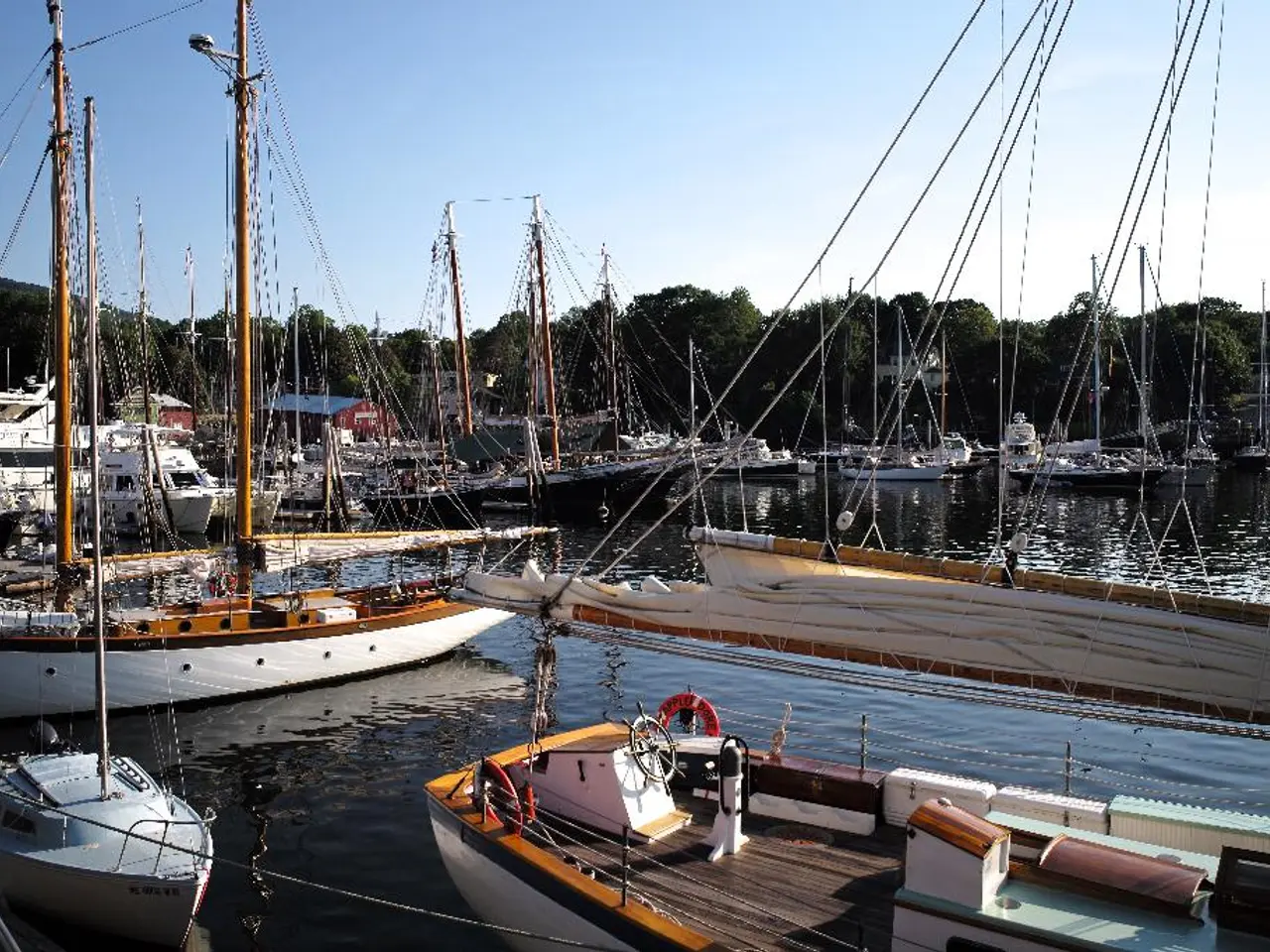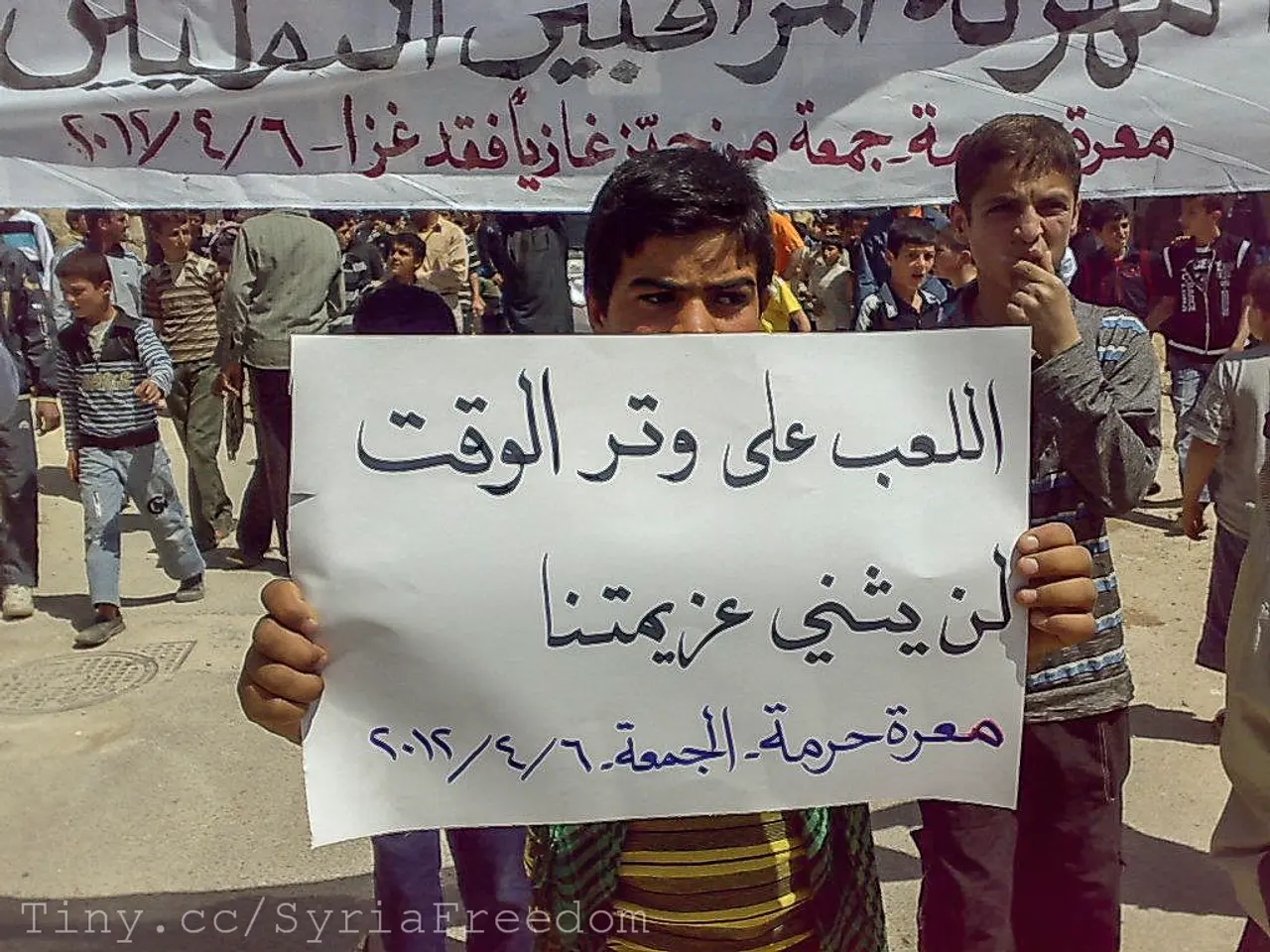Migrants Rescued at Sea Near Crete: Greek Coast Guard Saves 230 Individuals - Coastal Guard of Greece retrieves 230 migrants from offshore Crete waters.
In the first half of 2025, the Greek island of Crete has witnessed a significant surge in migrant arrivals, with over 7,300 asylum seekers landing on Crete and nearby Gavdos, compared to fewer than 5,000 arrivals in all of 2024[4]. This increase has strained local facilities, with overcrowded shelters and insufficient accommodation options, particularly on Gavdos where no significant facilities exist[4].
The rise in migrant arrivals is attributed to new migration routes, with smugglers directing boats primarily from Libya’s eastern coast towards Crete and Gavdos, exploiting a sea route that saw a 174% increase in arrivals compared to last year[3]. All migrants arriving on Crete are believed to have embarked on their journey from Libya, which remains politically unstable following the 2011 conflict[4][5].
In response to this surge, Greece has intensified its naval presence. Two frigates and an additional vessel have been deployed off Libyan waters to deter migrant boats heading to Crete and Gavdos, with the aim of preventing the establishment of a new migration route and intercepting vessels early[1][4]. The Greek coastguard has also actively conducted rescues, saving hundreds of migrants in operations near Crete and Gavdos in recent days—more than 600 were rescued on July 6 alone[1][4].
The EU border agency Frontex is involved, with its vessels spotting migrant boats off Gavdos, aiding Greek authorities in rescue and surveillance operations[4]. However, the Greek navy ships are not currently involved in the operations of Frontex.
Greek Prime Minister Kyriakos Mitsotakis has urged stronger action from Libyan authorities and coordinated efforts at the EU level to stem the influx, combining diplomatic engagement with readiness to use "all measures" to control migration flows[1][4]. Greece’s Foreign Minister recently visited Libyan commander Khalifa Haftar and plans talks with Libya’s UN-recognized government to address the issue collaboratively[4].
Overcrowded and overwhelmed reception centers on Crete and in the municipality of Chania are struggling to house the growing number of migrants, with new temporary shelters being established to manage the crisis[1][2]. Authorities warn that the number of arrivals could increase "dramatically" in the coming weeks, requiring urgent and coordinated responses[1].
It is not clear when the Greek navy ships will be deployed, and their impact on the current situation is not specified. The ships are intended to help control the flow of migrants and refugees, but their specific destination or area of operation beyond controlling illegal migrant flows has not been mentioned. The Greek navy ships are not mentioned as having any specific role in previous migrant or refugee operations, nor are they mentioned as having rescued any migrants or refugees.
Many tourists were bathing at the beach of Agia Galini when the refugees arrived, adding to the complexity of the situation. Last year, a total of 5,000 asylum seekers arrived on the islands, marking a stark contrast to the current surge in arrivals. As the situation continues to evolve, Greece and the EU will need to navigate this complex crisis with sensitivity, compassion, and effective action.
- The surge in migrant arrivals on the Greek island of Crete has led to calls for a revision of both community and employment policies to address the urgent need for more accommodation options, particularly on Gavdos.
- As politics surrounding migration continues to dominate general-news discussions, the increase in crime-and-justice-related incidents due to the overflowing shelters and complex immigration situation in Crete remains a concern for authorities.








